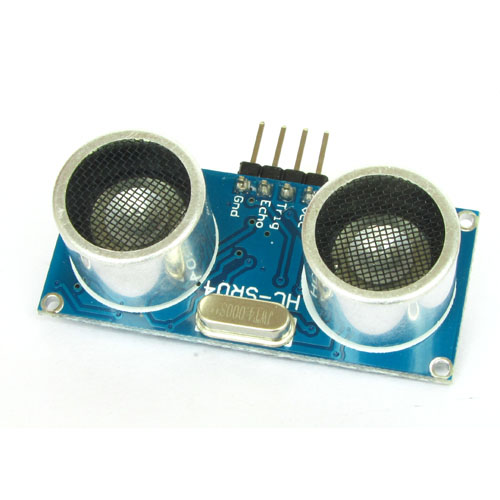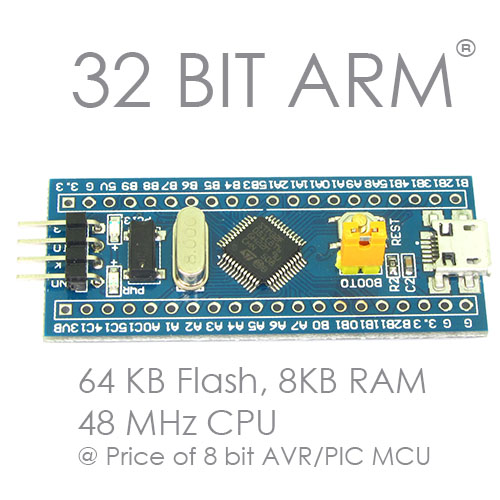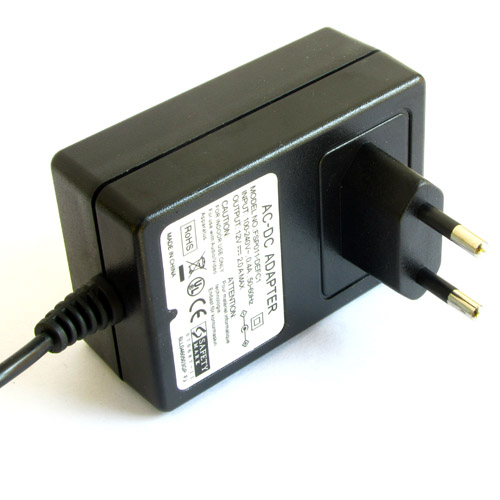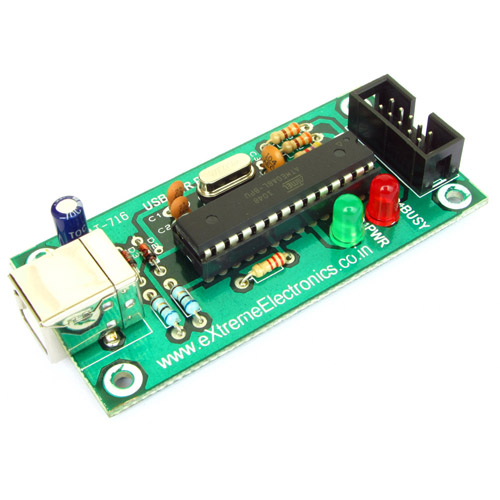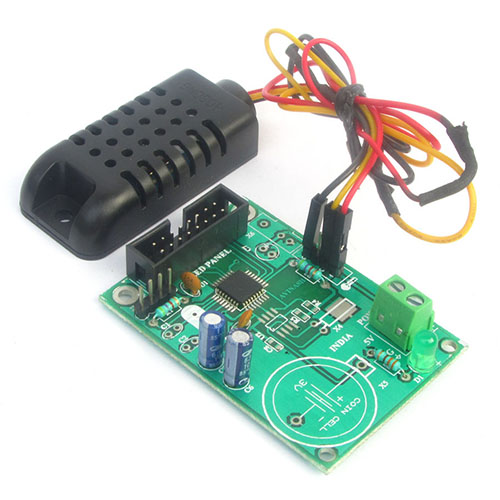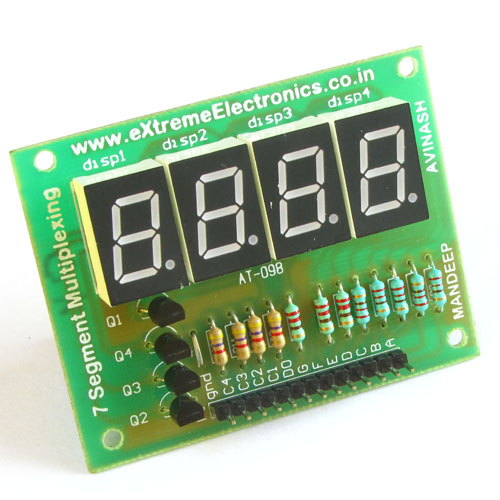1) Rectification
The most common and popular use of diodes is "rectification". Rectification means conversion of AC (alternating current) to DC (direct current). For a normal person who does NOT have much knowledge about physics, mathematic and electrical engineering we can define AC current as the current which is available from the socket of house or office. While DC is the current available mostly from batteries. Some devices (mostly electrical type) like a bulb, fan etc works directly from AC current. But most other devices (electronics type) like TV, PC, Laptops, Modems works on DC.
You may ask that they are also plugged on wall socket so how do they work on DC?
The answer is that the AC is first stepped down then converted to DC and finally fed to the circuit. This conversion happens inside the unit, thus NOT visible to the user.
So let's understand how this conversion is done using diode. But first we need some information on exactly what AC and DC currents are.
AC or Alternating Current.
In this type of current the potential difference (measured in volts) between the two supply line varies with time. This variation is in form of smooth function (called sine function) so a graph of potential difference plotted against time looks something like this.
 |
|---|
| Fig. AC Current Waveform |
From the graph above you will notice that for half of time period (T) the current flow from one line to another and on the other half it flow in the opposite direction. This is clear from the curve moving to the negative part after T/2. To convert this to DC so that current always flow in one direction only, we may put a diode in series with the load.
 |
|---|
| Fig. Half Wave Rectifier |
As we have already discussed that diodes allow current to flow through them only in one direction making them the perfect component to convert AC to DC. So during the negative part of the AC waveform, i.e. when current flow reverses it direction, it will NOT allow the current to flow through it. Thus now we have got a current that is atleast not changing direction of flow. But their is still a problem with it. No current is available during the off phase of diode. This type of rectifier is called a half wave rectifier. Let's proceed and see what solution engineers have devised to make the current flow during both the part of the AC waveform.
 |
|---|
| Fig. Full Wave Rectifier |
The image above is of an full wave rectifier. Let's see how it works. During first half of the AC waveform :-
- Input point A is positive.
- So diode D1 conducts but D3 does not.
- This is because A is connected to the anode of D1 but cathode of D2.
- So current flow through load resistor from A' to B'
- Finally it returns to B via diode D4
All this is show in image below.
 |
|---|
| Fig. Current Flow During Positive Part |
And when the AC changes direction, i.e. A becomes negative and B becomes positive, then :-
- Input point B is positive.
- So diode D2 conducts but D4 does not.
- This is because B is connected to the anode of D2 but cathode of D4.
- So current flow through load resistor from A' to B'
- Finally it returns to A via diode D3
All this is show in image below.
 |
|---|
| Fig. Current Flow During Negative Part |
So in both the cases the output current flows from A' to B' only. That means the current through load resistor R1 does not changes direction. So the current through load is a DC current.
But still the current through load is not exactly same as the current obtained from batteries. Because still the potential difference is NOT constant. To make it pure DC we add a big capacitor in parallel with the load. This capacitors holds the charge and acts as a supply when the potential difference start to decrease.
Read more about capacitors.
We cordially thanks the following peoples who shared this page on various social networks and insprided us to develop more quality contents!
SUNDARAVEL,





